SUITABILITY LEVEL: P5 and P6
RELATED SCIENCE TOPICS:
- : Reproduction in Humans
We learn that the female reproductive organ, the ovary, releases an egg every month. The egg then travels through the fallopian tube towards the uterus. Fertilization takes place if a sperm fuses with the egg in the fallopian tube. This is when a woman becomes pregnant.
The science question below asks what happens when the fallopian tube in the female reproductive system is tied.
The doctor may put clips on the fallopian tubes, or cut, tie and seal the fallopian tubes. As a result, the egg will not be able to meet the sperm and fuse with it.
This surgical procedure which can prevent pregnancy is called tubal ligation. This procedure closes or blocks the fallopian tubes.

Fertilization cannot take place and thus, cannot cause pregnancy and the woman will not be able to reproduce.
School-Based Assessment Question
Anglo Chinese School (Junior)
P5 Bite-sized Assessment 3 (2021)
Fertilisation in flowering plants and human can be prevented by certain methods.
A cut at part X of the plant reproductive system, as shown, prevents fertilisation from taking place.
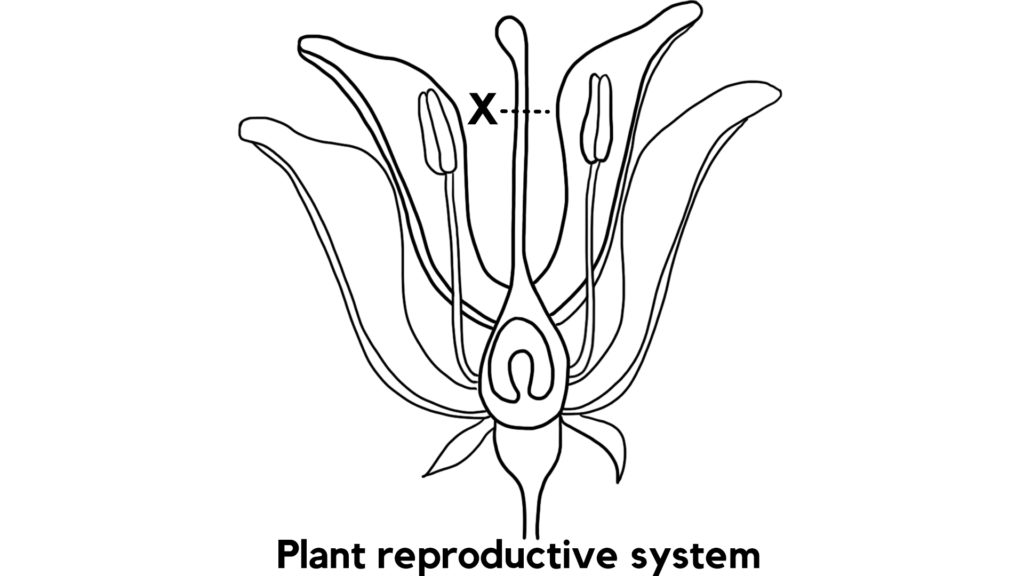
Unlike the plant reproductive system, the human reproductive system needs cuts at two parts, Y and Z, as shown to prevent fertilisation from taking place.
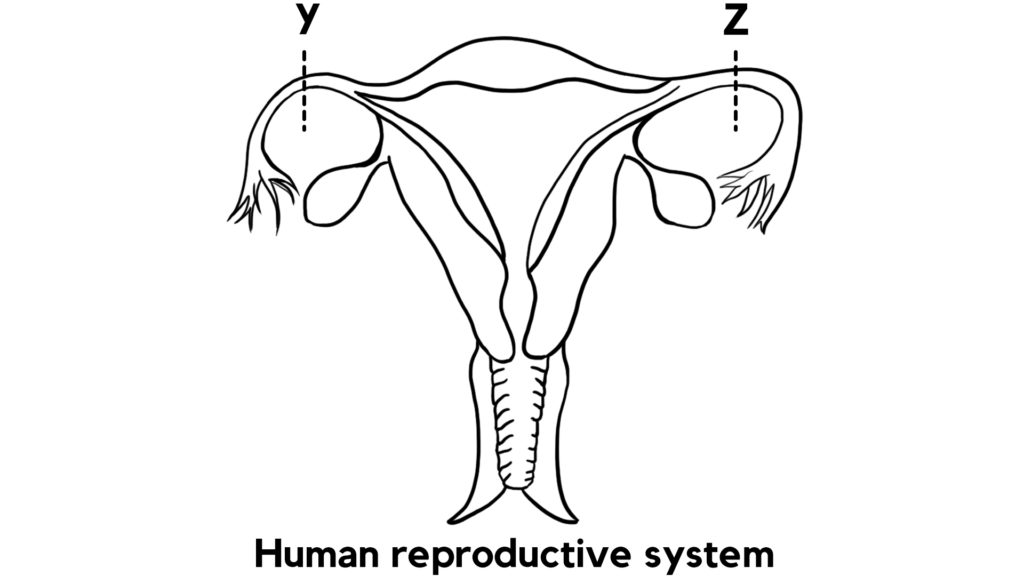
Give a reason why only one cut is required in the plant reproductive system but two cuts are required in the human reproductive system to prevent fertilisation.
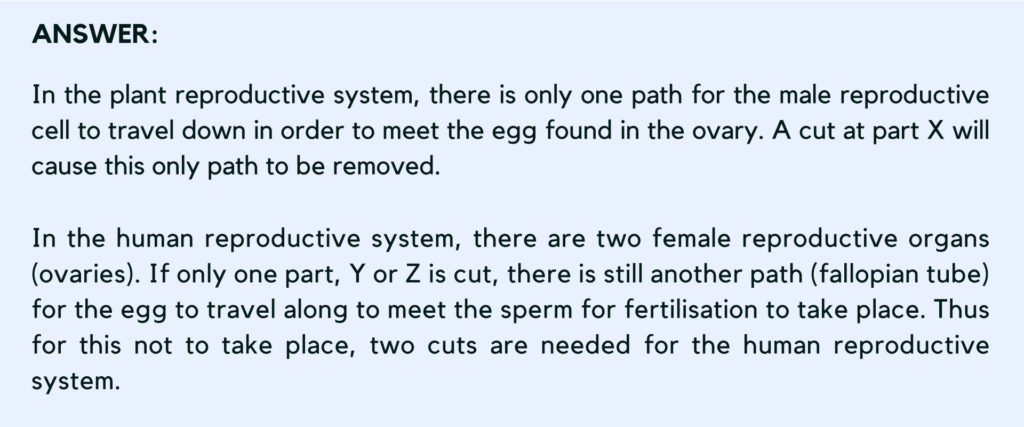

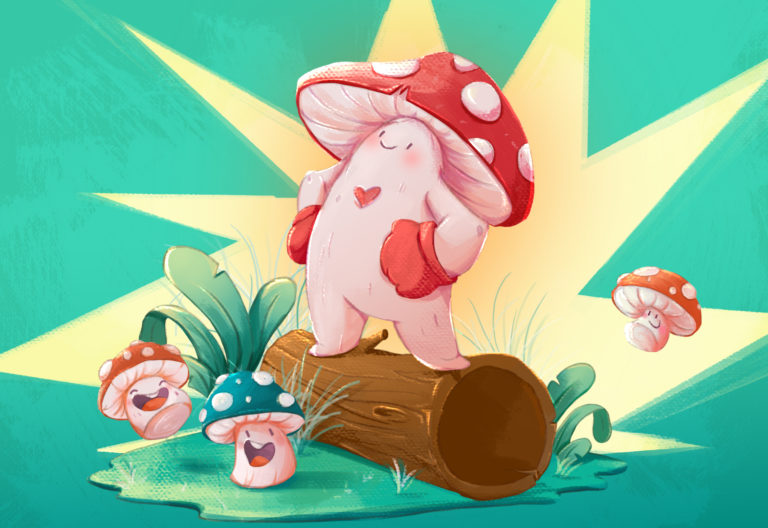
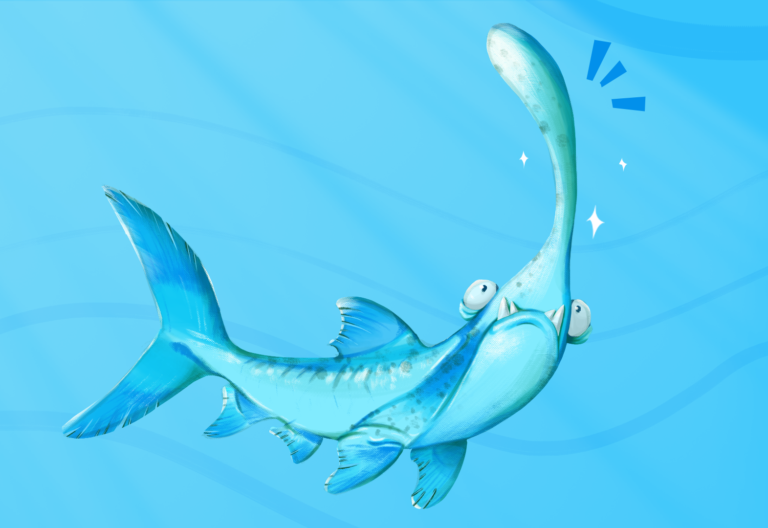

Leave a Reply